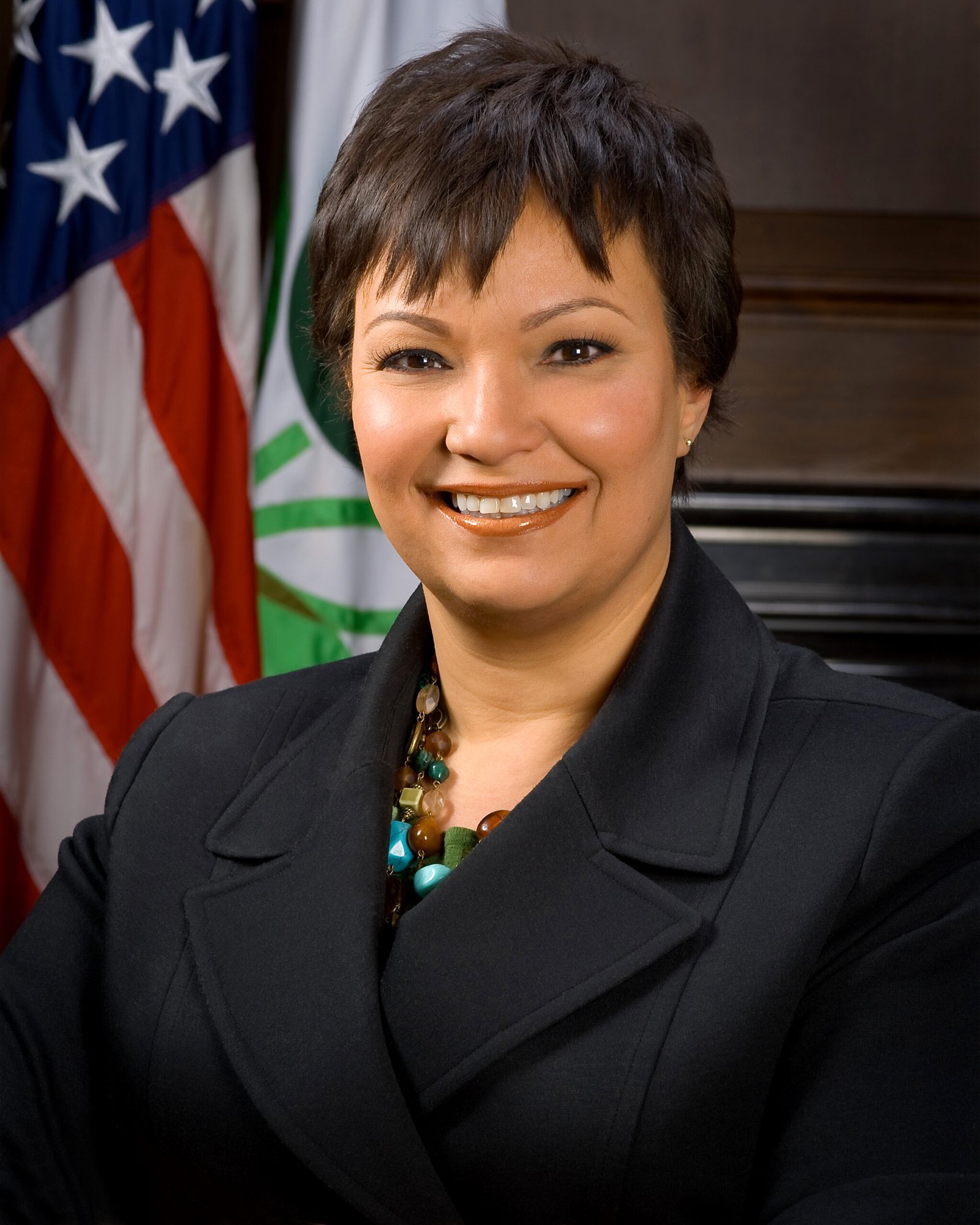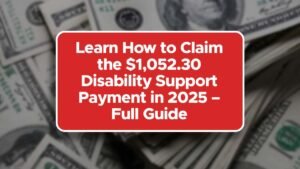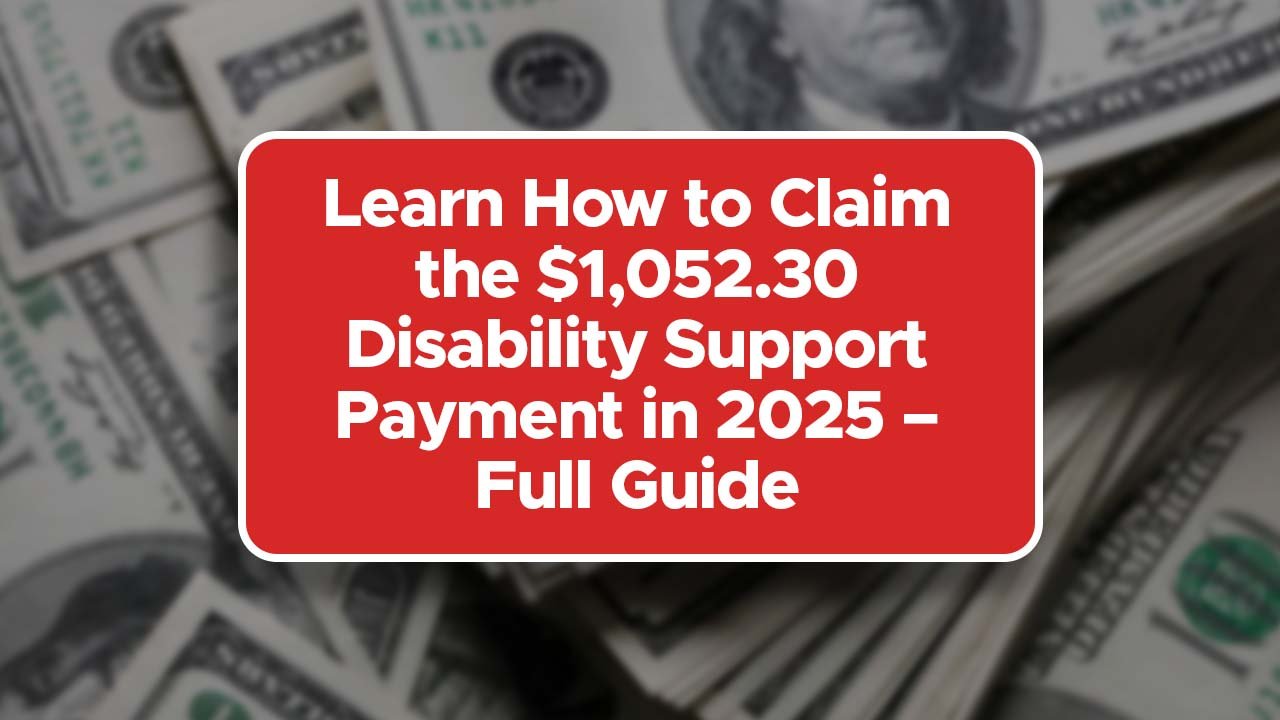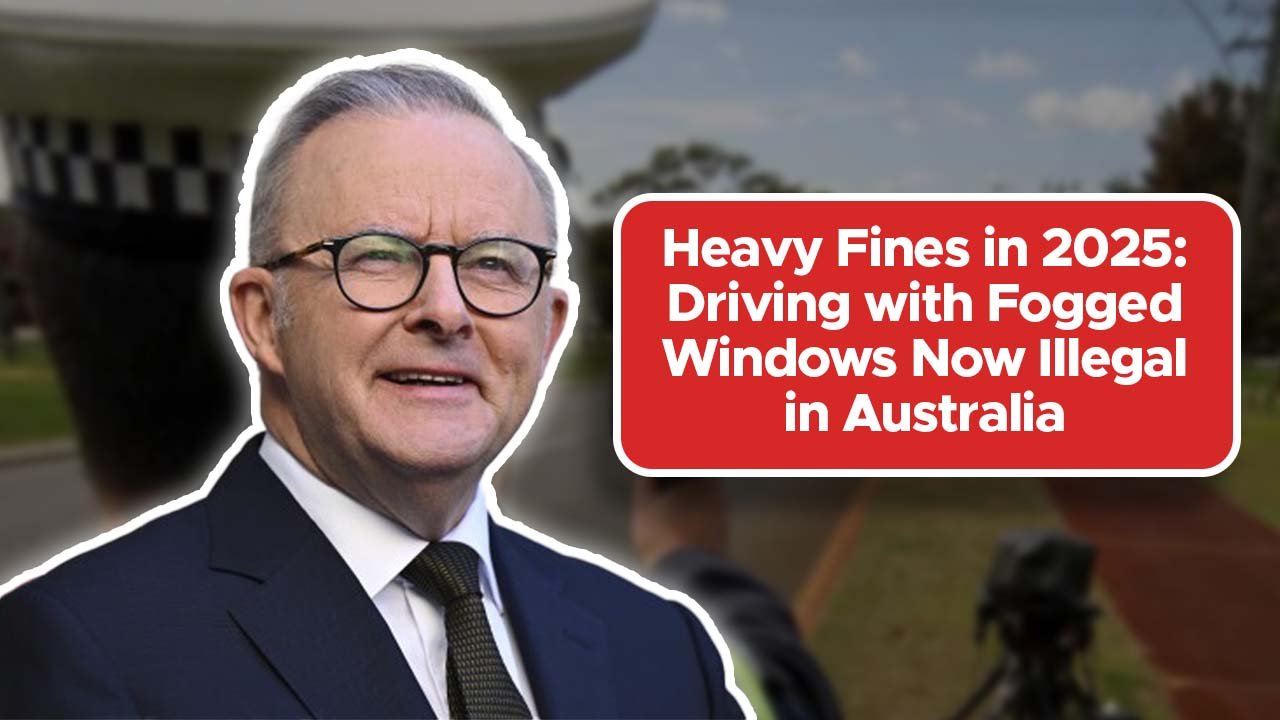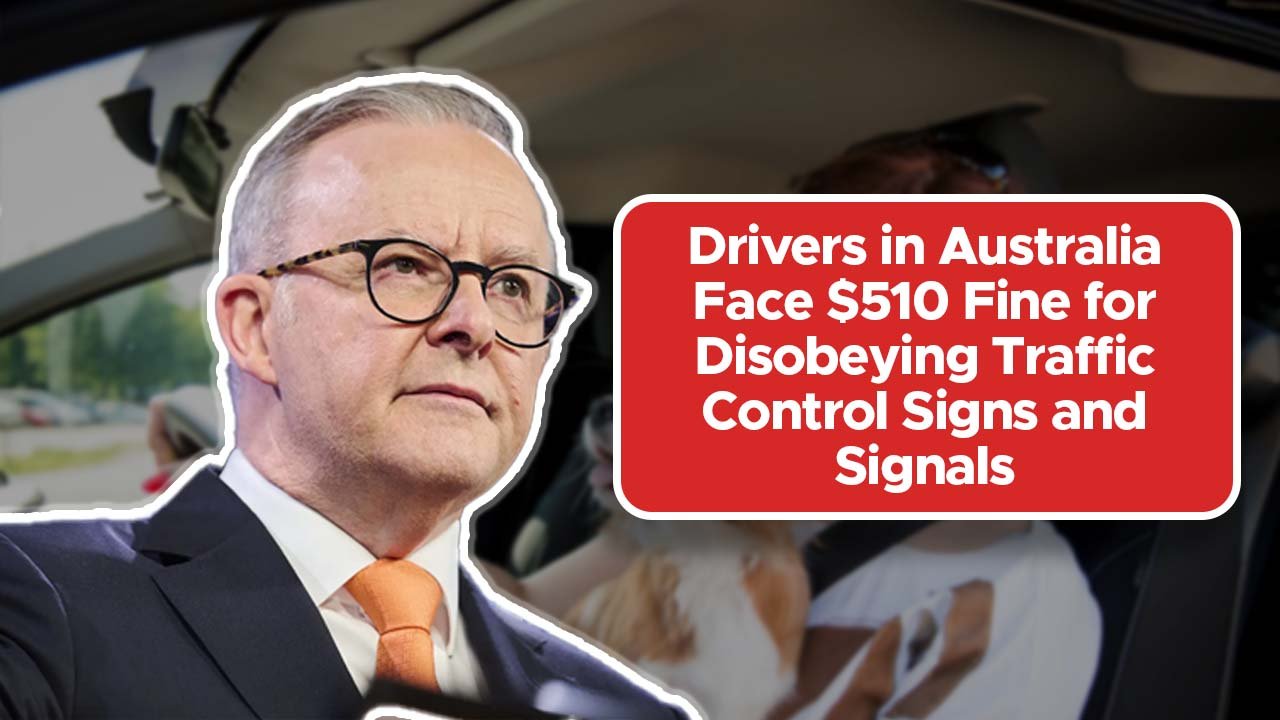In America, speeding is one of the most common violations of the law, which is why the authorities have had to take certain steps in that regard. Updated news says that drivers who are caught driving above the speed limit by thirty miles per hour will have to pay a fine that starts from $180, depending on the state, which is a terrible way to catch a speeding driver. This is an attempt to limit the amount of reckless driving along with the accidents that come with overspeeding.
Why the Fine Matters
The fine of $180 or more may not seem scary, but it is a hard hit for an ordinary driver with ordinary bank balance. This, in my opinion, violates the right to freedom a person should have. Traffic personnel know that an increase in fine will improve the way people drive on the roads and highways, because indensly populated areas, overspeeding is one of the main reasons for accidents.
Legal and Safety Implications
In the USA, speeding 30 mph over the limit is legally considered restraining. The fine is heavy, and it comes with even more serious consequences legally. In the country, this holds the most common classification as reckless driving. This, coupled with showing up to the court, could cost a person their freedom, as well as a suspended driving fee. In addition, insurance policies with major speeding violations increase rate values for reckless drivers.
The importance of safety cannot be overlooked as increased speeds diminish the amount of time a driver has to react to a situation while simultaneously increasing the seriousness of the resulting collision.
| Offense | Fine Amount (Starting) |
|---|---|
| Speeding 30+ MPH over limit | $180+ |
| Possible Additional Penalties | License suspension, court, higher insurance |
Effect on Drivers and Society
The monetary fine is not only to punish the person him or herself, but also to enhance the safety of the society as a whole. Areas that get impacted by reckless driving to a large extent tend to appreciate the increased restrictions, particularly in relation to schools, residential areas, or busy junctions. The rules are aimed at the drivers primarily, highlighting the expected behaviors on the roads where driving is supposed to be moderate with no aggressive driving and delays are intended so that drivers do not have the urge to step on the gas.
Implementation and Tools
The use of technology such as automated photograph systems, radar and driving patrols ensure that all breaches of the set rules are recorded correctly. The use of technology in this case removes the possibility of arguments and ensures that all drivers that are found to have exceeded the set limits are punished. There is no discrimination in the application of the law, especially with rules such as the automatic penalty of 180 dollars, which is a form of legal justification in many places.
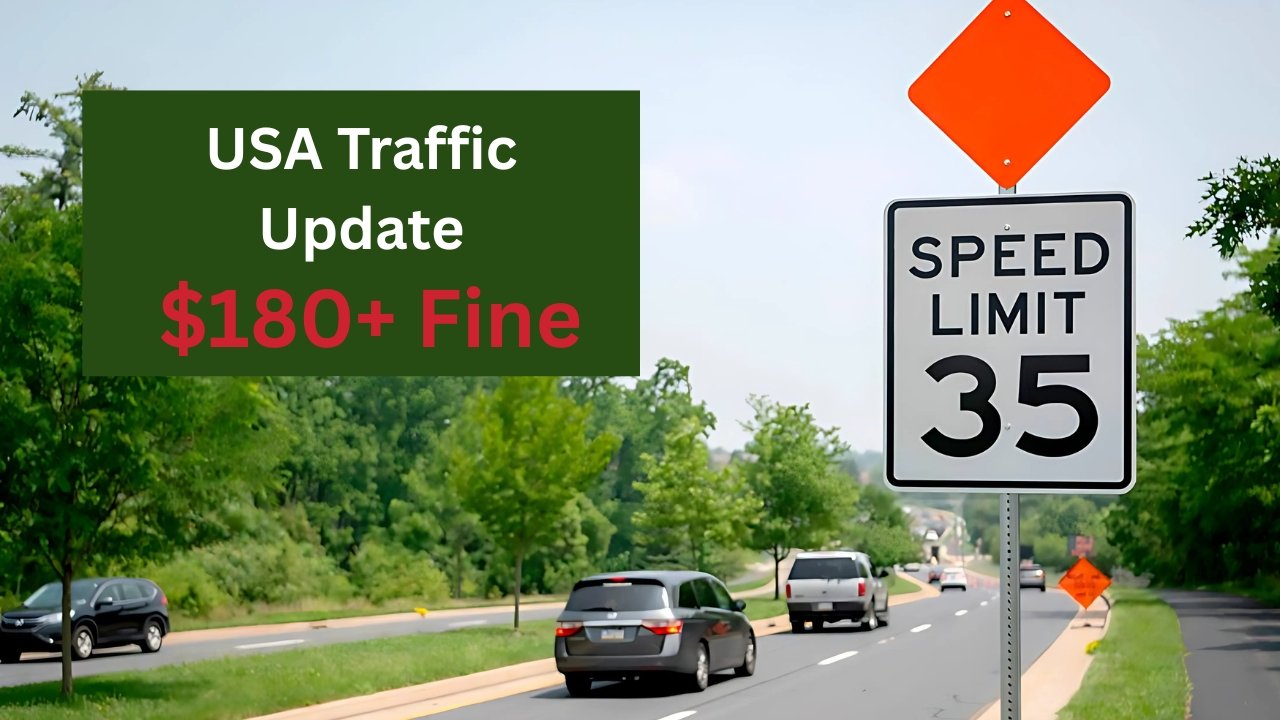
Stopping Future Breaches
In order to reduce reckless driving, many states have begun to implement safety driving courses or awareness classes aimed at repeat offenders since fines alone are not enough.
These actions aim at improvement of driver attitudes towards road safety and also assist in showing them some of the hidden dangers they may be taking. The correction is an integral part of the policy where the government seeks to combine punishment and the educational aspect.
Moving Forward
Enacting these policies shows the commitment of the nation in reducing accidents and saving more lives. The traffic charge of $180 for going way above the speed (30 MPH) may feel like punishment, but in reality is there to remind the driver to not only care for his own life, but the lives of others on the road as well. Advocates for road safety urge the motorists to practice observation, prove themselves in complying, and dismiss the aspect of punishment and derive a form of responsibility out of the fine.
Questions
Q1: Is the fine for speeding the same in every state?
The amount may differ, but in several states, $180 serves as the starting point.
Q2: What must a driver do in order to avoid these fines?
The driver must be aware of the speed limits, accepts that extra time should be allowed for the journey, and be coy on the road.
